
The global Mobile Commerce Market size is predicted to reach USD 2650.50 billion by 2030 with a CAGR of 26.1% from 2025-2030. The mobile commerce (m-commerce) market has solidified its dominance in the global retail landscape, transforming how consumers shop and businesses operate. In 2025, the surge in smartphone penetration, advancements in mobile technology, and shifting consumer behaviors are propelling m-commerce to new heights. This article explores the latest trends and innovations driving the m-commerce boom, drawing from recent industry developments and insights into consumer preferences.
The Rise of Smartphone-Driven Shopping
The ubiquity of smartphones has been a cornerstone of m-commerce growth. With billions of users worldwide, smartphones have become the primary device for online shopping, surpassing desktops and tablets. Recent data highlights that mobile devices account for a significant portion of global e-commerce traffic, with a notable share of retail site visits originating from smartphones. This shift is driven by the convenience of shopping on the go, allowing consumers to browse and purchase products anytime, anywhere. The increasing time spent on mobile devices—averaging over four hours daily in many regions—further fuels this trend, as consumers integrate shopping into their daily routines, whether commuting or relaxing at home.
Social Commerce: Blending Shopping and Social Media
Social media platforms have evolved from mere marketing tools into powerful m-commerce channels. Platforms like Instagram, TikTok, and Facebook now offer shoppable posts, enabling brands to tag products directly in images and videos, streamlining the path from discovery to purchase. A recent study noted a significant traffic boost for brands leveraging Instagram’s shopping features, with consumers increasingly comfortable buying directly through social media. This trend is particularly pronounced among younger demographics, such as Millennials and Gen Z, who value seamless and visually engaging shopping experiences. Social commerce’s low barrier to entry allows businesses of all sizes to reach broader audiences, fostering brand awareness and driving conversions.
Voice Commerce: The Growing Role of Voice Assistants
Voice assistants like Siri, Alexa, and Google Assistant are reshaping m-commerce by introducing voice commerce. Consumers are increasingly using voice commands to search for products, track orders, and even complete purchases. The convenience of voice-activated shopping appeals to busy consumers, with a significant portion of smartphone users employing voice assistants daily. Retailers are optimizing their platforms for voice search, focusing on natural language processing to answer queries like “What’s the best running shoe for marathons?” This trend is expected to grow as voice recognition technology improves, making voice commerce a key component of the mobile shopping experience in 2025.
Augmented Reality: Enhancing the Shopping Experience
Augmented reality (AR) is revolutionizing m-commerce by bridging the gap between physical and digital shopping. AR enables virtual try-ons and 3D product visualizations, allowing consumers to “try before they buy” without leaving their homes. For example, furniture retailers like IKEA use AR to let customers visualize how products fit in their spaces, while fashion brands offer virtual fitting rooms. The number of mobile devices supporting AR is projected to reach billions in 2025, reflecting a substantial increase from previous years. AR not only enhances customer satisfaction but also reduces return rates, as shoppers make more informed decisions.
Mobile Wallets and Contactless Payments
The rise of mobile wallets, such as Apple Pay, Google Pay, and PayPal, has streamlined the checkout process, making m-commerce more convenient and secure. Digital wallets account for a significant portion of global online transactions, with their usage expected to grow further in 2025. The integration of near-field communication (NFC) technology enables quick and secure payments, reducing friction at checkout. Additionally, the growing acceptance of buy now, pay later (BNPL) options caters to consumers seeking flexible payment solutions, particularly among Gen Z shoppers. These advancements in mobile payment technologies are critical to sustaining m-commerce growth.
Chatbots and AI: Personalizing Customer Interactions
Artificial intelligence (AI) and chatbots are transforming customer service in m-commerce. While chatbots are already common on websites, their adoption in mobile apps is gaining momentum. In 2025, more e-commerce apps are expected to integrate AI-powered chatbots to provide real-time assistance, personalized recommendations, and seamless navigation. Consumers prefer chatbots for their speed, with over half stating they would choose a chatbot over a human representative if it saves time. AI also enables personalized marketing by analyzing user data to deliver tailored product suggestions, enhancing customer engagement and loyalty.
Omnichannel Strategies: Seamless Shopping Across Platforms
Omnichannel retailing, which integrates online and in-store experiences, relies heavily on mobile devices to create a cohesive shopping journey. Consumers expect a seamless transition between browsing on a mobile app, visiting a physical store, and completing a purchase online. Location-based services (LBS) enhance this experience by offering proximity marketing, such as sending promotions to users near a store. Retailers are investing in mobile-optimized platforms to ensure consistency across touchpoints, reducing cart abandonment and boosting customer satisfaction. This trend underscores the importance of a mobile-first strategy in 2025.
5G Technology: Powering Faster Connections
The rollout of 5G networks is a game-changer for m-commerce, enabling faster and more reliable internet connections. This technology enhances the functionality of mobile apps, supporting high-quality visuals, AR experiences, and real-time interactions. With 5G adoption accelerating globally, particularly in regions like Asia Pacific, m-commerce platforms can deliver smoother and more engaging user experiences. The improved connectivity also supports the growing demand for video content in shopping, such as live-streamed product demonstrations, which are gaining traction among consumers.
Sustainability and Consumer Preferences
Environmental sustainability is increasingly influencing consumer choices in m-commerce. Shoppers are gravitating toward brands that prioritize eco-friendly practices, such as reducing packaging or offering sustainable products. Mobile commerce supports these preferences by minimizing the need for physical retail infrastructure, which aligns with eco-conscious values. Retailers are leveraging mobile platforms to communicate their sustainability efforts, building trust and loyalty among environmentally aware consumers, particularly younger demographics.
Challenges and Opportunities
Despite its growth, m-commerce faces challenges, including security concerns and the need for continuous optimization. Consumers often cite issues like small links or slow-loading pages as barriers to mobile shopping. Businesses must invest in user-friendly interfaces, fast page speeds, and robust security measures to address these concerns. Additionally, the competitive landscape requires retailers to stay ahead of trends, such as integrating blockchain for secure transactions or exploring IoT devices for enhanced personalization. These challenges present opportunities for innovation, as businesses that prioritize mobile optimization will capture a larger share of the market.
Regional Dynamics: A Global Perspective
The m-commerce market exhibits regional variations, with Asia Pacific leading in adoption due to high smartphone penetration and a booming e-commerce sector. Countries like Indonesia, Singapore, and Brazil are emerging as fast-growing markets, driven by increasing mobile internet access. In North America, high smartphone penetration and advanced payment solutions fuel growth, while Europe follows closely with strong mobile shopping activity. These regional differences highlight the need for tailored strategies to address local consumer behaviors and technological infrastructure.
Conclusion
The mobile commerce market in 2025 is thriving, driven by smartphone ubiquity, social commerce, voice assistants, AR, mobile wallets, AI, omnichannel strategies, 5G, and sustainability. These trends reflect a shift toward convenience, personalization, and innovation, reshaping how consumers and businesses interact. Retailers must prioritize mobile-first strategies, optimize user experiences, and adapt to regional dynamics to stay competitive. As m-commerce continues to evolve, it remains a cornerstone of the global retail ecosystem, offering endless opportunities for growth and engagement.

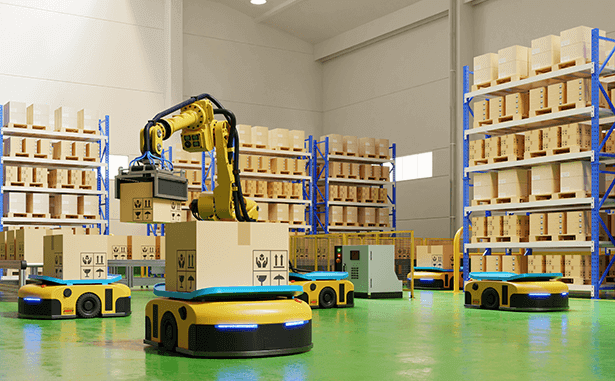
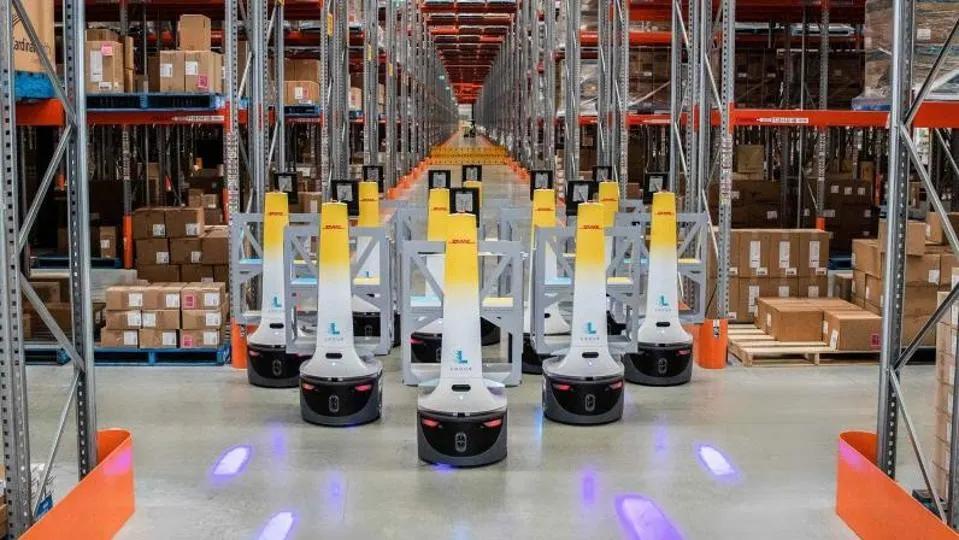
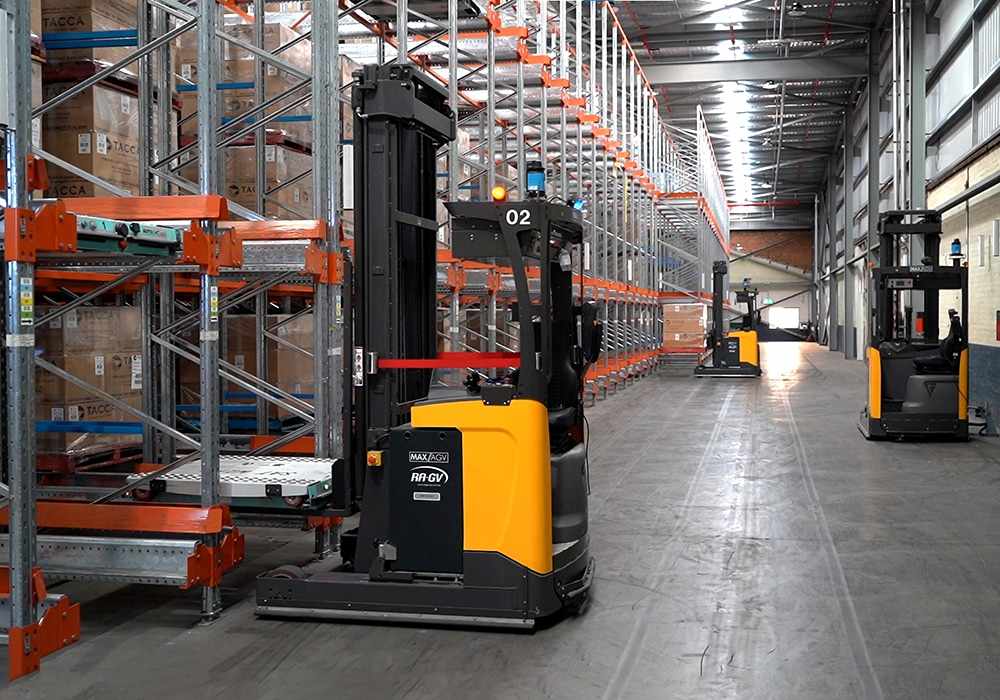
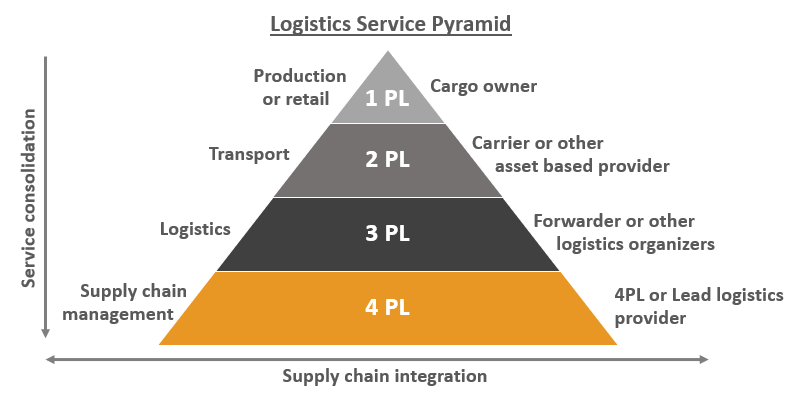
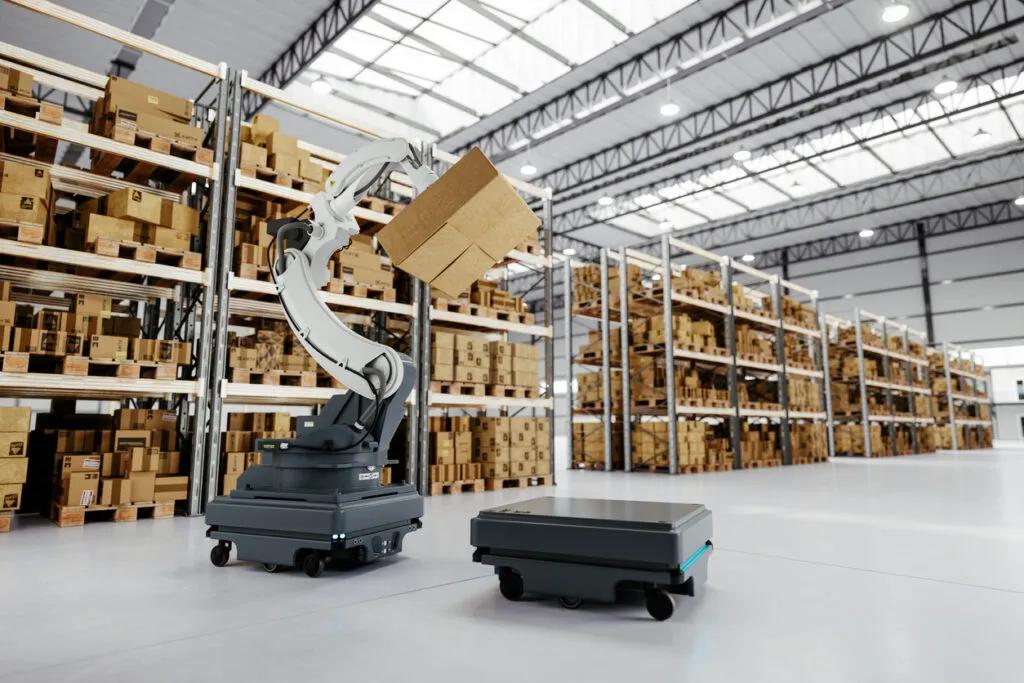


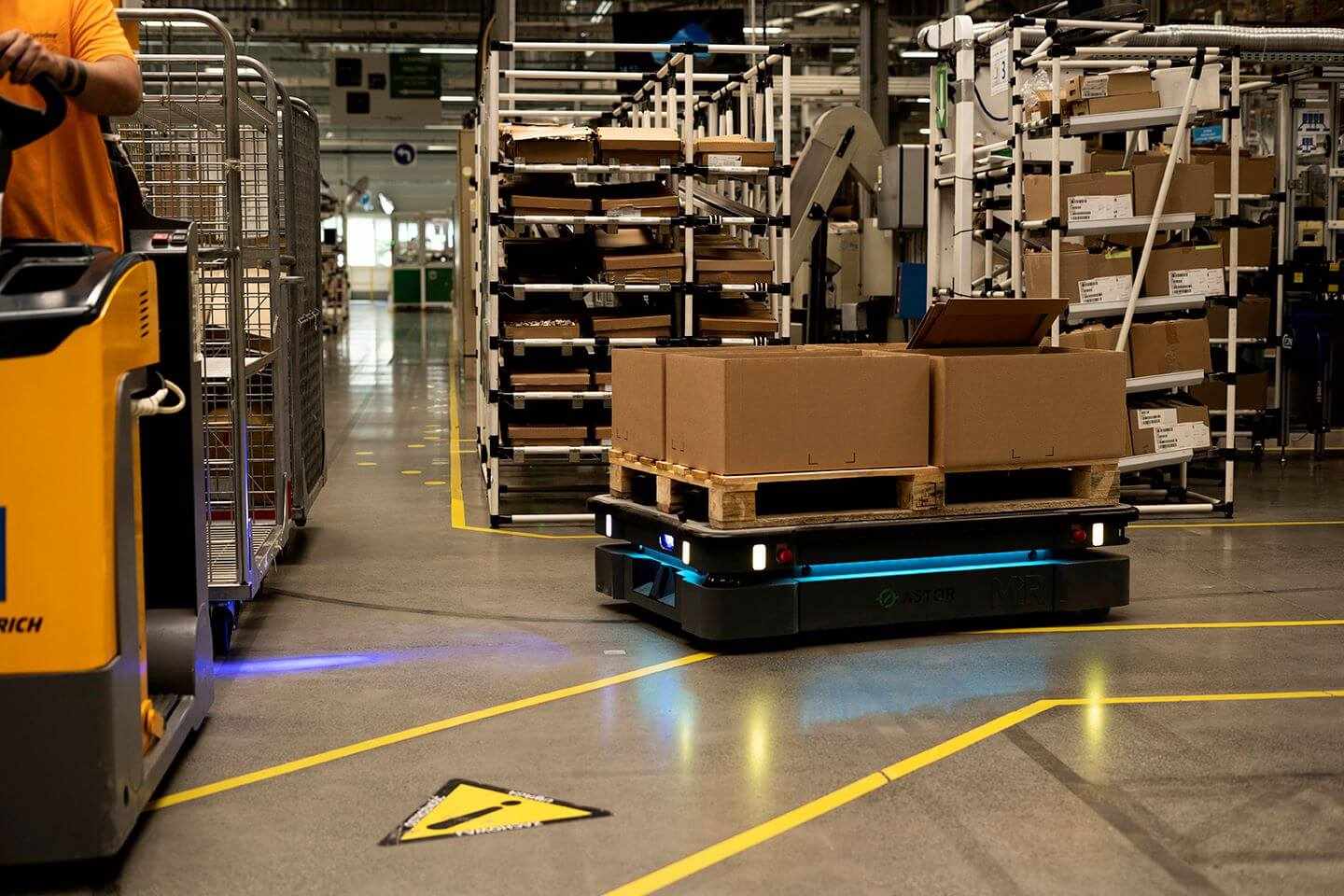
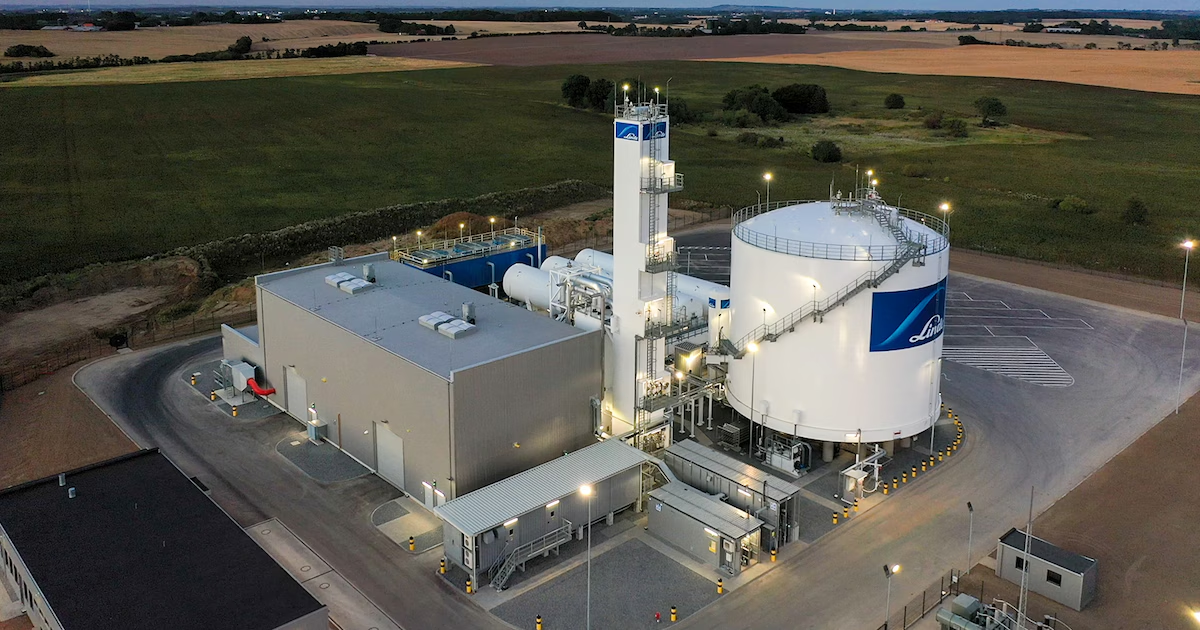
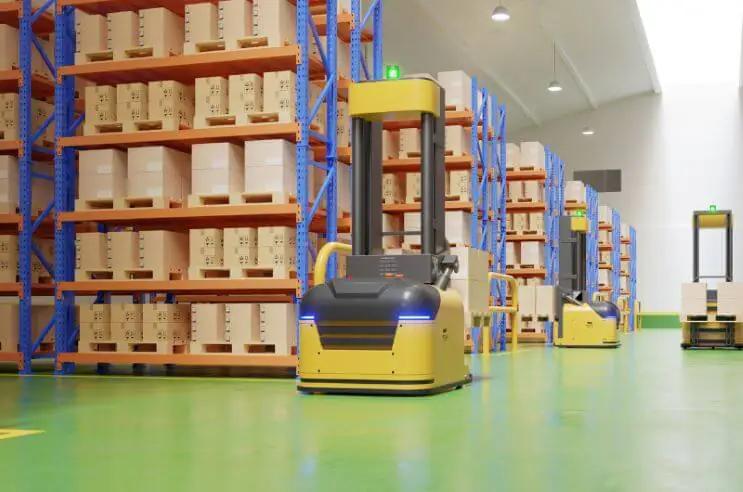

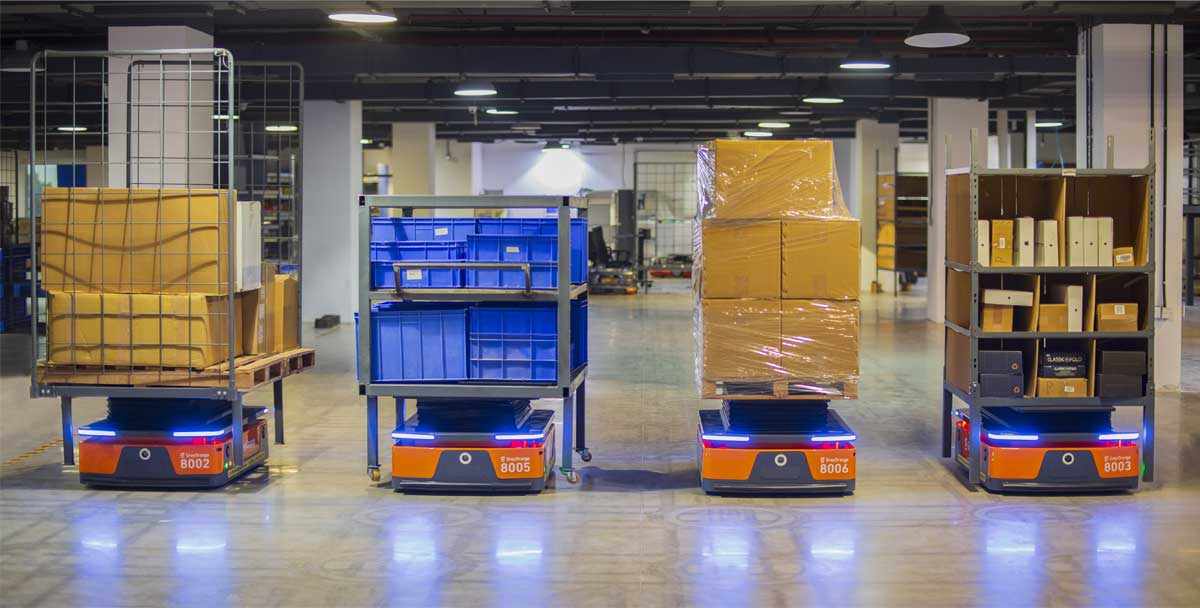

Write a comment ...